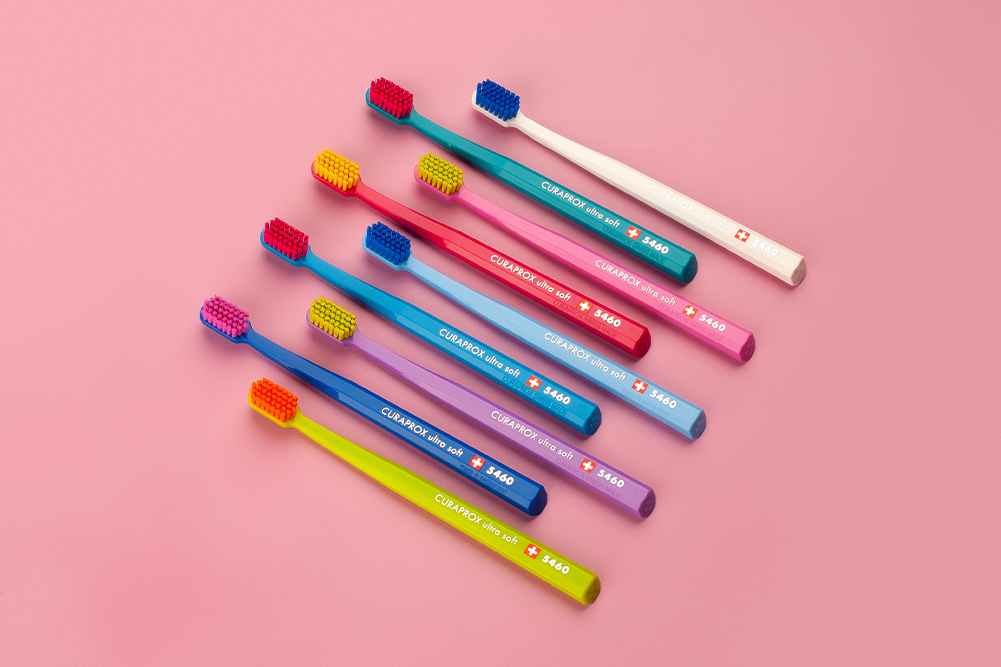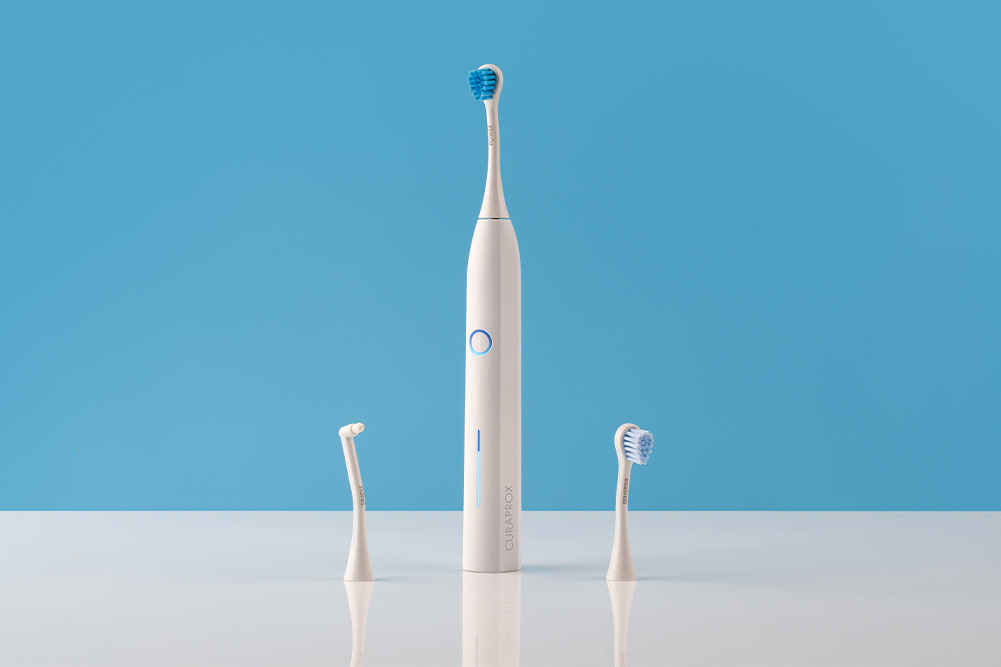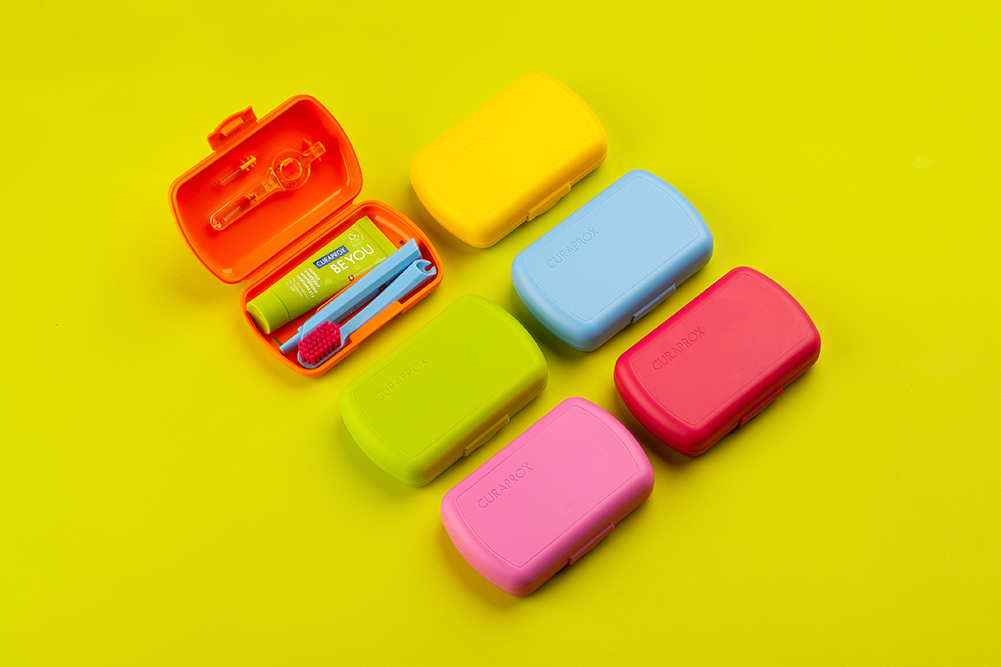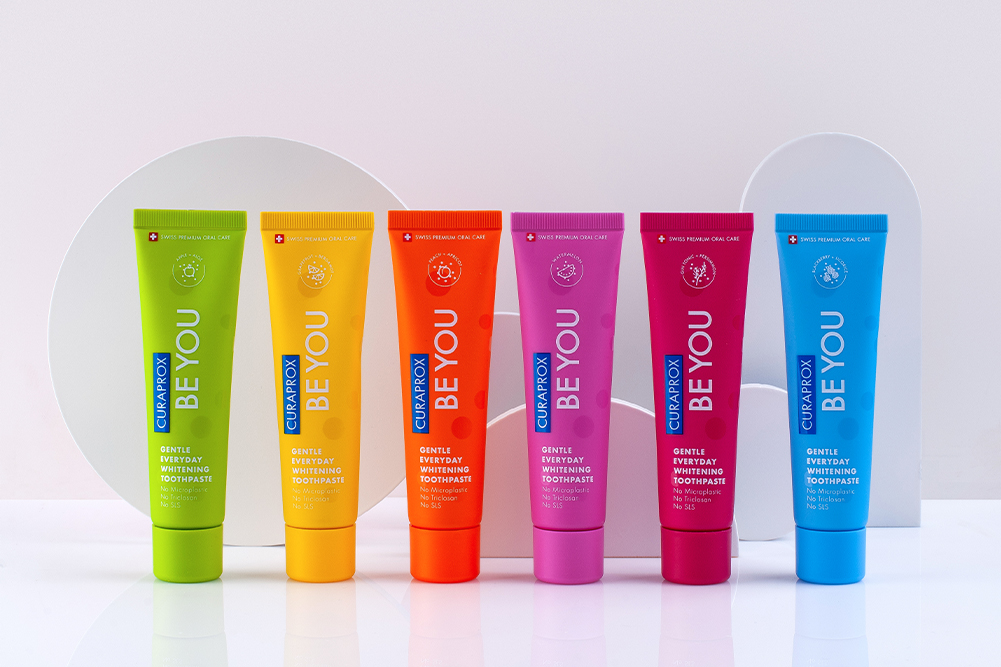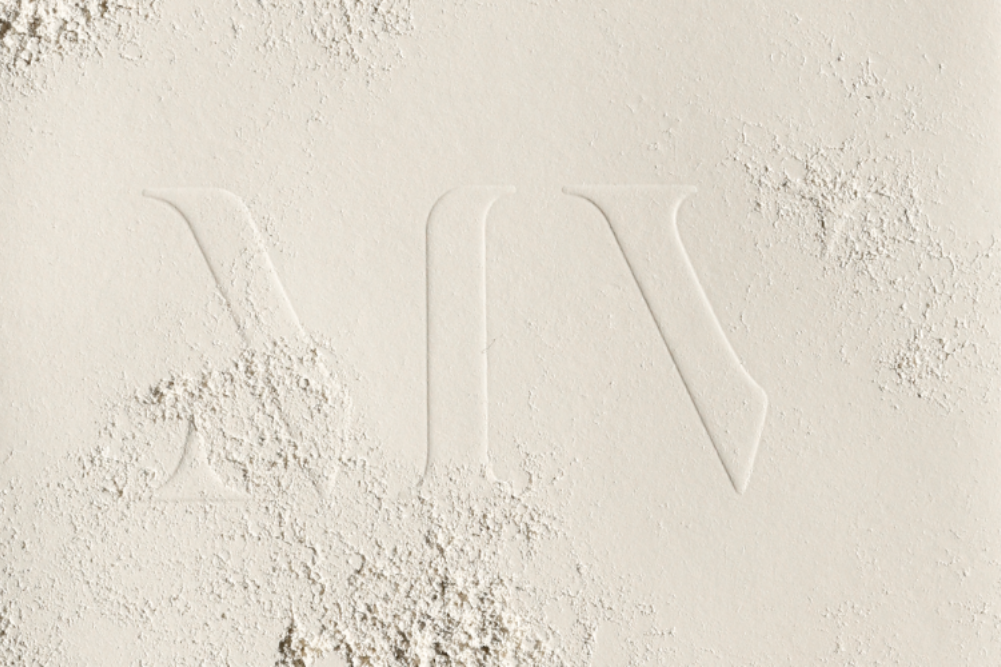What are you putting on your skin?
My background is in nutrition, and when it came to bodycare products, I usually left this to someone else. However, after years of talking about the skin being the body’s largest living organ — yes, it lives and breathes and it’s not just “packaging” — I realised that many regular bodycare products actually inhibit the skin from breathing. They suffocate the skin with ingredients that may include synthetic petrochemical-based constituents.
Nothing new so far, and this is why we have a natural bodycare industry that is thriving in Australia and overseas — or so I thought until I looked a little closer. Some seemingly natural and healthy-looking ranges of everyday personal-care products can contain potentially harmful ingredients.
Reading the labels of bodycare products will show that many contain ingredients such as sodium lauryl sulphate (SLS), which the American College of Toxicology reports is easily absorbed into the skin and builds up in the heart, liver, lungs and brain — even if you wash the products right off after using them. Further research has shown that SLS is readily absorbed by the delicate skin around the eyes. It has been shown to cause cataracts and retard healing, and it can also cause improper eye development in children. SLS is used in most testing laboratories as the standard ingredient to irritate skin so that non-irritating ingredients can be comparatively tested.
Why would manufacturers of bodycare products use such an absorbable chemical? Maybe it’s because of the cost factor, or the fact that SLS is easily accessible. Or perhaps it’s because SLS is one of the best-known synthetic surfactants, or foaming agents. We are so used to toothpaste foaming up or shampoo creating a rich, thick lather that when we try something that doesn’t foam up in the same manner, we think the product is not working. This is a false assumption. Products that do not foam as well, or not at all, just take some getting use to; I did and now I find SLS-free toothpastes and shampoos to be just as effective in doing their job — just without as much foam.
There are many examples (shampoos, conditioners, toothpastes, creams and even medications) where, if you read the labels, you’ll find ingredients like SLS, propylene glycol or parabens. Propylene glycol is one of the most common humectants (a substance used to obtain a moistening effect). It is used in cosmetics, deodorants, lipsticks, baby lotions, sunscreens and many shampoos and conditioners. It has been linked with health problems such as contact dermatitis, kidney damage and liver abnormalities. Then there are the potentially harmful preservatives such as parabens that are supporting the “healthy” life of the products we use.
The six pounds (approximately) of skin that each human carries around is a porous membrane, one-twentieth of an inch thick, through which numerous environmental toxins enter the body. RoseLyn Haigh, of personal-care product manufacturer Higher Nature, says the skin is “a more significant gateway for toxins into your body than what you eat”. Traces of 700 different chemicals can be found in the body. In 2000, a British journalist, Lucy Johnston, had a single cell of her body fat tested for toxins. The 30-year-old Express reporter found that despite a healthy diet and lifestyle, the cell tested contained 500 synthetic chemicals, including two that had been banned in Britain for many years.
The National Institute for Occupational Safety and Health (NIOSH) in the US has found that 884 chemicals used in personal-care products and cosmetics are known to be toxic. A Canadian study published in Pediatric Drugs cites cosmetic and personal-care products as one of the most common causes of unintentional poisonings in children under six.
Even in some certified organic product ranges, not all ingredients are organic. They may include preservatives such as parabens and sulphur dioxide, as well as animal products and “preparation aids” such as ethylene gas and ethanol solvent. Furthermore, some chemical solvents are allowed in the cleaning of the equipment used to manufacture these personal-care products.
In Australia, bodycare products are not required to comply with the same strict standards as those maintained for organic foods by government-recognised bodies such as NASAA (The National Association for Sustainable Agriculture Australia Limited) and the BFA (Biological Farmers of Australia). Some manufacturers are claiming to use organic ingredients in a product while including toxic ingredients that would never be allowed in truly natural products. At the same time, there are some in the industry who are voluntarily adopting stricter environmental labelling standards, such as the Australian Ecolabel Program, to show their commitment to ensuring that healthy products stay that way.
The best we can do is research the background of the bodycare companies and their ranges, and try to support locally manufactured products containing ingredients that are as close to natural as possible.
The nasties — bodycare ingredients to avoid
Propylene glycol (PG)
This is a synthetic petrochemical mix used as a humectant. Its use as a solvent makes it one of the most common ingredients in personal-care products; its ability to absorb water while maintaining moisture makes it seem like a logical addition to many cosmetic products.
However, the propylene glycol we so casually apply to our skin and hair every morning is also a substance used to de-ice aeroplanes and a common ingredient in antifreeze.
Propylene glycol goes by a variety of other extremely long, chemical-sounding names, such as 1,2-dihydroxypropane, 1,2-propanediol, methyl glycol and trimethyl glycol. This is important information should you decide to take a quick tour of the labels on the products in your bathroom cabinet.
Sodium lauryl sulphate (SLS)
This synthetic substance is used in shampoos for its detergent and foam-building properties. It has been found to increase the skin’s absorption of certain chemicals and actually damage the outer layer of the skin. It has been linked to possible eye irritations, skin rashes, hair loss, scalp scurf (dandruff) and allergic reactions.
Methyl paraben, propyl paraben, butyl paraben, ethyl paraben
These are used as inhibitors of microbial growth to extend the shelf life of products. Even though they are known to be toxic in powder or liquid forms, they are widely used. Methyl parabens have caused many allergic reactions and skin rashes.
In 1998, researchers at Brunei University in the UK published a paper identifying parabens as oestrogen mimics. This is of particular concern to women because, according to The Cancer Council Australia, increased exposure to exogenous sources (originating outside an organism or system) of oestrogen has been linked to increased risk of breast and uterine cancers.
A recent study conducted at The University of Reading in the UK found parabens in 18 out of 20 breast tumour tissue samples. Dr Philippa Darbre, who headed the research, says, “This is the first study to show their accumulation in human tissues. It demonstrates that if people are exposed to these chemicals, then the chemicals will accumulate in their bodies.” Research in this area is continuing.
Other studies indicate that as a preservative, parabens perform their task of inhibiting enzymes so well that once they have entered through the skin and into the bloodstream, they may continue to inhibit the body’s own enzymes, including those used for digestion. This is likely to put stress on the body’s natural digestive processes.
Imidazolidinyl urea and diazolidinyl urea
These are the most commonly used preservatives after parabens. They are well established, and according to the American Academy of Dermatology, they are one of the primary causes of contact dermatitis.
Stearalkonium chloride
A chemical used in hair conditioners and creams, stearalkonium chloride is believed to cause allergic reactions. It was developed by the fabrics industry as a fabric softener and is a lot cheaper and easier to use in hair conditioning formulas than proteins or herbs, which do help hair health. It is toxic.
Triethanolamine (TEA)
This is often used in cosmetics to adjust the pH. It is also combined with many fatty acids to convert acid to salt (stearate), which then becomes the base for a cleanser. Triethanolamine is believed to have possible links with allergic reactions, including eye problems and dryness of the hair and skin. It could be toxic if absorbed into the body over a long period of time.
Keeping it real — healthy bodycare ingredients
What many regular bodycare ranges fail to acknowledge is that the skin is a large, receptive organ that absorbs what you feed it. So learning to decipher the nasties in bodycare products is only half the battle; recognising which ingredients will nourish your skin and keep it healthy is the other half of the battle won. The following vitamins, herbs, botanicals, oils and butters are healthy ingredients to look for in bodycare products.
Vitamins
Vitamin A (retinyl palmitate)
Vitamin A moisturises the skin and scalp and is known to reduce scaliness. It is found in many bodycare products as a “corrective” vitamin because it normalises dry skin, improves the texture of photo-damaged skin and enhances the skin’s elasticity.
Vitamin B (panthenol)
Panthenol is used to nourish and strengthen hair follicles and to prevent damage caused by over-drying. It moisturises the hair, skin and nails and helps soothe and enhance the healing process of dry skin. Panthenol is also renowned for making nails more flexible and less brittle.
Vitamin C
Derived from citrus fruit by the fermentation of crude sugar, vitamin C is used as a preservative and for acid/alkali balance. It is also known as vitamin C ester. In its fat-soluble and easily absorbable form, vitamin C may be useful in restoring a smooth surface to ageing skin. It is a powerful antioxidant and free radical scavenger. When mixed with other ingredients, it will stay potent for months and even years.
Vitamin E (d-alpha-tocopherol acetate)
Vitamin E is known as a powerful antioxidant and free radical scavenger. It is said to enhance the performance of UV blockers while softening the skin and moisturising deep within the epidermis. Up to 80 per cent of vitamin E is synthetically derived, so check the source with the product’s manufacturer.
Herbs and botanicals
Aloe vera
Ingredients like aloe vera, known to the Egyptians as the “plant of immortality”, allow nutrients to be deeply absorbed into the skin. There are many varieties of aloe, with Aloe barbadensis considered to be the most beneficial. Aloe vera is a skin food that can help treat burns, sunburn, psoriasis, eczema, acne, cold sores and other conditions, including seborrhoea.
Lavender oil
Lavender oil is used throughout the world for its diverse therapeutic properties. It is anti-bacterial, anti-fungal and potentially anti-viral. It is a relaxing aid to stress relief and is also used for burns and inflammation. Lavender functions as an adaptogen, helping to restore balance to the body. Today, production of true lavender oil in France is approximately 40 tonnes per year, while production of lavandin oil (a blend of oils) averages 900 tonnes per year.
Nettle (Urtica dioica)
This herb is a popular product in shampoos and facials. It has been well tested and shown to have anti-inflammatory properties. As a vasodilator (an agent that widens the blood vessels), nettle has been used medicinally to excite the skin locally.
Oils and butters
Avocado oil (Persea americana)
This unrefined, highly therapeutic oil is rich in vitamins A, B1, B2, D and E, pantothenic acid, protein, lecithin and fatty acids. It is a very good nutrient for dry skin and eczema and is highly compatible with human skin. Avocado oil also offers some natural UV ray protection.
Hemp oil
Hemp oil is one of the best-kept secrets in the natural health industry and can be found in shampoos, moisturisers and soaps. It contains the full spectrum of amino acids, vitamins and essential minerals and is also high in omega-3 and omega-6 essential fatty acids (EFAs), which nourish dry skin.
As early as the 1930s, research established that an omega-6 deficiency could lead to inflammatory skin conditions such as eczema and psoriasis. Hemp oil, with its high levels of omega-6 and absorbability, has proven to be particularly beneficial for the relief of these conditions.
Hemp oil is delicate and needs to be treated carefully — cold-pressed, as the organic certification bodies prefer. Omega-3 and omega-6 oils are healthiest when they are unrefined and they also need to be kept away from light, heat and oxygen to ensure they don’t go rancid. The best Australian-based products are usually packed with extra barrier protection (such as individual product sealing and non-transparent packaging) and stored out of the sun.
Other hemp oil products use imported refined oil, or are produced north of the equator using a full spectrum of suspicious chemicals. The oil is shipped over the equator and reacts with the tropical heat, starting a rancidity process that turns a potentially superior natural product into a potentially dangerous one. If you stick to local products and enquire about the hemp oil content in them, you’ll be assured of purchasing the healthier products.
Jojoba oil
Jojoba oil is “nature’s Botox”. Technically a wax and similar to the skin’s own sebum, unrefined jojoba oil has superior moisturising properties.
Jojoba oil has a remarkable 50 per cent unsaponifiable content. (Unsaponifiables are plant steroids, or sterolins, that soften the skin, have a superior moisturising effect on the upper layer of the skin and also reduce scars.) Used daily in your skincare program, jojoba oil can help ease the effects of ageing, particularly wrinkles.
Olive oil
Olive oil, which contains natural vegetable protein, has a great ability to penetrate the skin and hair because of its high content of oleic acid, a monounsaturated fatty acid. Real, cold-pressed olive oil has naturally therapeutic properties that can be attributed to the antioxidants, vitamin E and polyphenols it contains.
Shea butter
Shea butter, which is derived from the African karite tree, is known to heal, improve and soften the skin and provide natural UV protection. The high percentage of unsaponifiables in shea butter contributes to its ability to help heal eczema, psoriasis, rashes, severe dry skin, wounds, parasitic infections and more. The amount of unsaponifiables found in good-quality shea butter (seven to 12 per cent) is far higher than that found in avocado oil (two to four per cent) and soybean oil (0.5 to 1.5 per cent), which are both being researched by rheumatologists for their ability to treat inflammation.
Both shea butter and hemp oil are high in vitamins A and E, which together are highly effective in cell regeneration and anti-ageing. Shea butter and hemp oil greatly improve the look and feel of skin. After only a few days of using these oils, you may find your skin looking noticeably younger, healthier and glowing with a natural energy that no chemical can induce.
References available from the author on request.
Paul Benhaim is the author of Living Food Recipes and the producer/presenter of Not The Cooking Show. W: www.alivefoods.com, www.notthecookingshow.com, E: paulb@alivefoods.com
